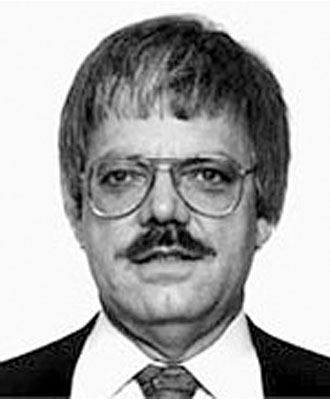Abstract
For the past twenty-five years, seismic shear wave data have been applied in various parts of the petroleum exploration and production industry. Since direct sources of shear-wave energy were often deployed, data acquisition was generally limited to land locations. Further, concerns about receiver coupling also limited recording of mode-converted shear waves from conventional sources to land environments. In recent years, multicomponent seismic data acquisition has been successfully extended into the marine environment through 3-C and 4-C bottom cable recording using conventional air-gun sources. Mode-converted shear-wave energy has been quite effectively recorded, and processing capabilities are rapidly evolving. The actual interpretation and application of these data, however, has not experienced as rapid a rate of progress as the evolution of acquisition and processing technology.
This lecture focuses on where we stand as an industry in the application of multicomponent data, experience of end users and how they can incorporate multicomponent data into their interpretations, and the status of effective interpretive models required to fully exploit the potential of the information contained in multicomponent seismic data. This includes a review of published results demonstrating the existence of many applicable interpretive models and how they have been successfully applied. Further improvement of communications among technology implementers and developers will reduce apparent barriers to widespread application of these technologies.
One barrier to widespread application of 4-C P-wave and shear (P-SV) wave data acquired in marine environments has been limited experience and understanding by asset team interpreters of just how to use these new types of data offered by technology developers. This limitation in actual application of data may be a result of the either a paucity of effective interpretive models or a failure of technology developers to communicate potential application techniques to the ultimate users. Some applications, such as using shear-wave data to image through gas clouds, have received almost immediate acceptance by the end users, while other applications, such as lithology and pore-fluid discrimination and prediction, have been slower to be widely applied.
A review of published applications addressing some of the specific concerns of interpreters and end users of conventional P-P and newer P-SV seismic data may help us break down the perceived barriers to application of all the seismic data available to solve exploration, production, and reservoir characterization and monitoring problems. Overall, successful application of multicomponent data to solve a variety of new problems will depend upon dissemination of not only new technology but also the information we already have from existing technology.
Biography
Dr. Robert H. Tatham is a professor of exploration geophysics in the Department of Geological Sciences at the University of Texas at Austin where he holds the Shell Oil Companies Centennial Chair in Geophysics. His 30 years of industry experience includes research and exploration positions with Texaco and GeoSource.
In 1967, Dr. Tatham completed his B.S. in physics from California State University at Northridge and immediately began his career in geophysics with Texaco. Initial activities at Texaco included processing of digital seismic data (then a new technology) and progressing to interpretation of data from east Texas, south Texas, and the Gulf of Mexico. While working in this early assignment, Dr. Tatham studied at the University of Houston and completed his M.S. in applied geophysics in 1970. A year later, he began studies at the Lamont-Doherty Geological Observatory of Columbia University and was awarded his Ph.D. in 1975.
Dr. Tatham is actively involved in SEG activities. He has served as an Associate Editor for GEOPHYSICS (1990-97), has been chair of the SEG Research Committee-where he continues active participation-and has served as the President of the Geophysical Society of Houston (1997-98). Continuing activities include involvement with integrating geophysical, geological and reservoir engineering activities.
Dr. Tatham has published extensively on a variety of topics in exploration geophysics, including co-authoring the book Multicomponent Seismology in Petroleum Exploration, currently in its third printing. His dozens of publications include not only numerous papers on shear wave topics but data processing and reservoir geophysics as well. He is an active member of the SEG, GSH, AAPG, SSA, AGU and SPWLA.





